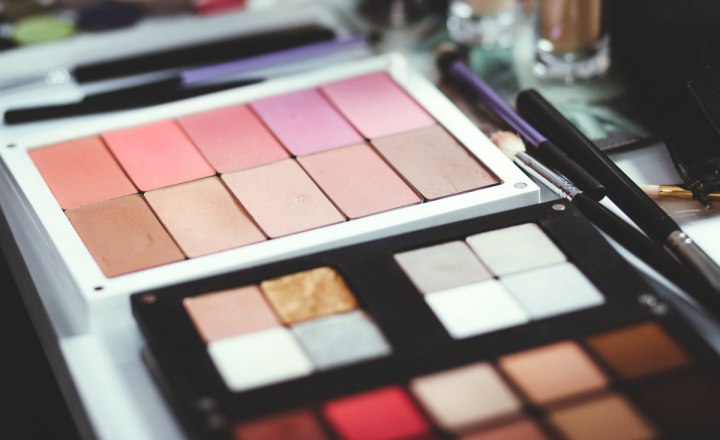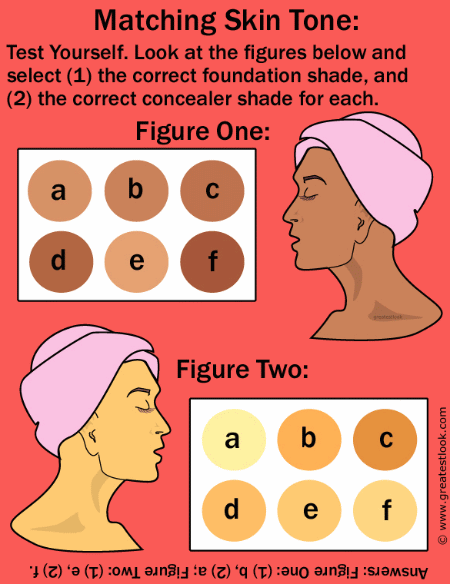Make-Up Techniques (2)

Previous Page
When I was in high school, I attended a week-long practice retreat for our high school choir. Part of our "hazing" as underclassmen was that we were required to follow certain rules. One of these rules was that the girls in our class were not allowed to wear make-up.
It was an eye-opening experience for many of us and for one young woman in particular. This young woman, whom I'll call 'Robin' (not her real name), always wore a lot of make-up. You could see her under normal circumstances and clearly tell that her make-up was very thickly applied.
Proper Lighting:
It's important when you apply your make-up that you do so in an environment where the lighting is similar to that where you will be. If you are applying your make-up for a daytime job, be sure to use as much natural daylight as possible. If you're going to be in a setting where the lighting will be dim, or at night, then adjust the lighting accordingly, particularly before applying eye, lip and cheek color.
The hazard of using inappropriate lighting is that if the light is too bright when you apply your make-up, and you are going somewhere that is dimly lit, your make-up will appear bland. Conversely, if you apply your make-up under dim lighting, and you go out into the daylight, you will look overly made-up and unnatural.
Moisturizer:
The first step in most make-up applications should be moisturizer. This step is especially important for women with dry skin, or those who spend a lot of time in harsher environments. Some women who have good skin and don't need much coverage to even out their skin tone (as well as those who just prefer light make-up) prefer to use a tinted moisturizer instead of foundation make-up.
The tinted moisturizer should be selected in a shade that will blend invisibly with the natural skin tone. When applied to the face the moisturizer should disappear completely with no line of demarcation.
Every woman should choose a moisturizer with an SPF of at least 15 to help protect them from sun damage. For women who have fair skin or are susceptible to the sun due to nature or certain prescription and over-the-counter medications moisturizers with an SPF of 30 or higher should be used.
After moisturizer is applied, you should give your face time to allow the moisturizer to be absorbed before applying additional make-up.
Concealer:
Concealer is usually an opaque liquid or stick-type make-up designed to hide or "conceal" minor imperfections or blemishes, such as pimples, small birthmarks, or dark lines and circles under and around the eyes.

The concealer is applied by dabbing the product directly onto the area to be hidden. It is then blended using a cosmetic sponge that has been moistened with foundation (or tinted moisturizer) by blotting (lightly tapping) until the concealer becomes invisible.
Next Page Page 4 Page 5 Page 6